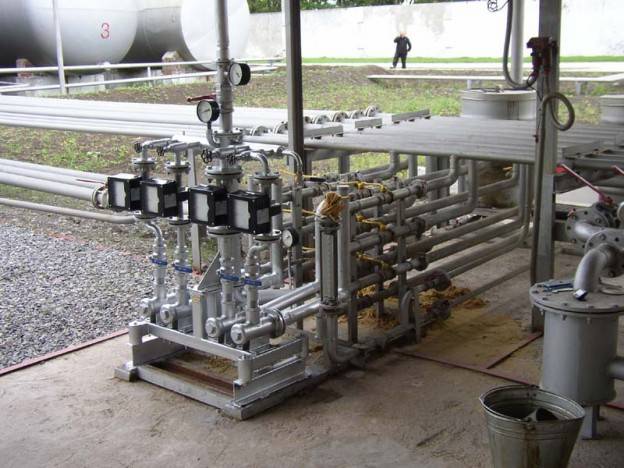BIODIESEL Blending System 60/3 is designed to blend up to three separate liquid components, at the rate of 15850 gallons per hour, particularly low-octane gasoline with additives, to prepare multicomponent motor fuel blends. These can include biodiesel blends.
The system can be used for oil-refining, food and chemical industry blending applications as well.
It is designed to be operated indoors as well as in sheltered outdoor conditions.
Modern hydrodynamic stream fuel blending plants have proven themselves in industrial operations as an economic, accurate and steady solution for high-quality motor fuel blend production with optimal prime cost. In comparison with existing technology of fuel blending in blending vessels, the economy and increase of production profit margin can result in return on investment of 60 % a year. The project can break even in less than one year.

